EN / PL
The organist’s house from Bieliny in Góry Świętokrzyskie was probably built in the mid-nineteenth century. The Museum purchased the building from Wacław Kolasa. The corner-notched log structure walls are adorned with ornamental boarding and have a half-hipped shingle roof. The house’s interior has a two-bay layout with a central hallway. Each room has a stove connected to the central chimney.
Architecturally noteworthy features of the house include the two porches, whose gables are adorned with decorative cut out lintels, the roof truss and silhouettes of birds. The organist’s house contains an exhibition presenting a nineteenth-century small town pharmacy and residential rooms of the well-known Górbiel family of chemists from Suchedniów.
A dispensary and a chemist’s (pharmacist’s) laboratory have been arranged in two rooms of the organist’s house. The repository in which medications used to be kept comes from a pharmacy in Busko Zdrój, which no longer exists. Large glass bottles and jars, china containers, siphons, metal and wooden boxes for herbs and minerals stand on the shelves. Bottles in which narcotics were kept featured black labels with red framing and the white inscription ”Narcotica”. Containers with poisons – ”Venena” or ”Tabula A” – had black labels with white inscriptions. Strong medications, from ”Tabula B” group, had white labels with red framing and relevant inscriptions. The most common group of mild medications belonged to ”Tabula C”. They were stored in containers with white labels, black framing and inscriptions. In the pharmacy there is also empty cardboard and glass packaging that once contained medications and food products, as well as cosmetic products such as soap, cheek-blushing creams, tooth powders, therapeutic wines, mustards, refreshing liquors and the like.
Siphons and glass bottles remind us that lemonades and mineral waters were once usually sold at the pharmacy. At the dispensary there is a table (menza) which was used for dispensing medications. On the table there are scales, a vessel for leeches and a bookrest for the prescription register. Also on display are original lithographed prescription slips from the pharmacy in Oksa, photocopies of prescription slips and identification slips in the form of envelopes from the Saski pharmacy in Kielce and all kinds of labels from the pharmacy in Busko.
In the smaller room some equipment and exhibits of a Galen laboratory are displayed. The chemist’s workplace was arranged next to the window. On the table lie pharmacopeias (an official register of accepted medicines), the pharmacist’s price lists, writing utensils, laboratory scales, a microscope and burettes. Next to this place stand numerous mortars – of various shapes and made from various materials. An original eighteenth-century device for making wax candles is undoubtedly a unique exhibit. Other noteworthy exhibits are nineteenth-century glass retorts, a manual tablet press, a device for making suppositories, all kinds of glass funnels and jars, a press for squeezing fruit for liquors and tinctures. In the small front garden are herbs which are grown to supplement the exhibition.

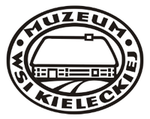

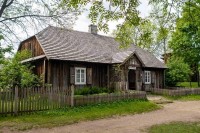
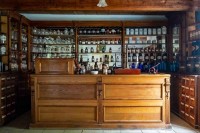
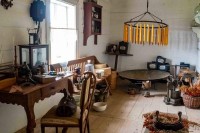
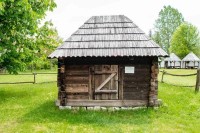
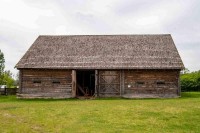
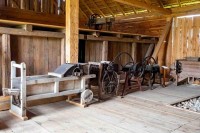
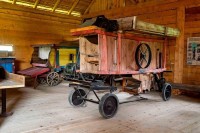
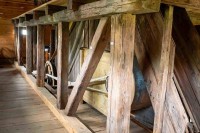
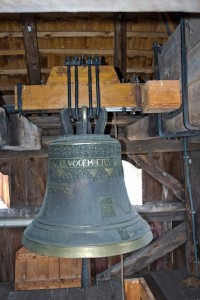
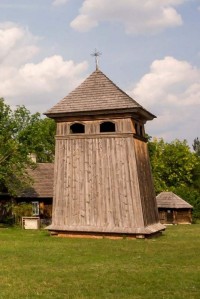
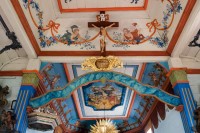
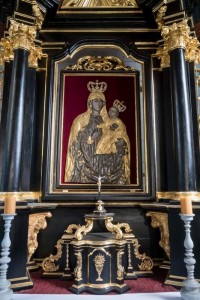
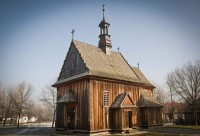
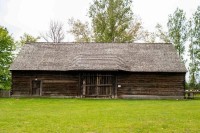
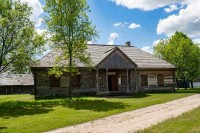
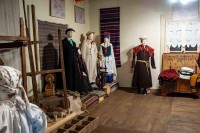
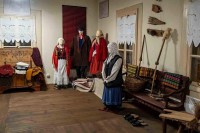
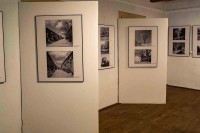
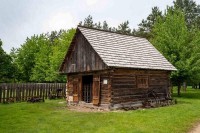
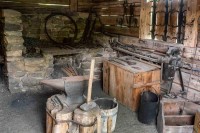
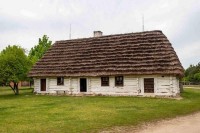
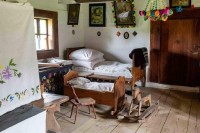
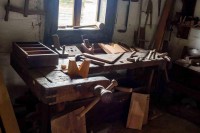
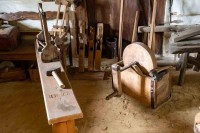
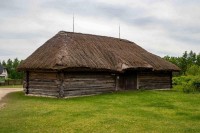

 Zakup współfinansowany ze środków Unii Europejskiej w ramach Europejskiego Funduszu Rozwoju Regionalnego na lata 2014 – 2020
Zakup współfinansowany ze środków Unii Europejskiej w ramach Europejskiego Funduszu Rozwoju Regionalnego na lata 2014 – 2020